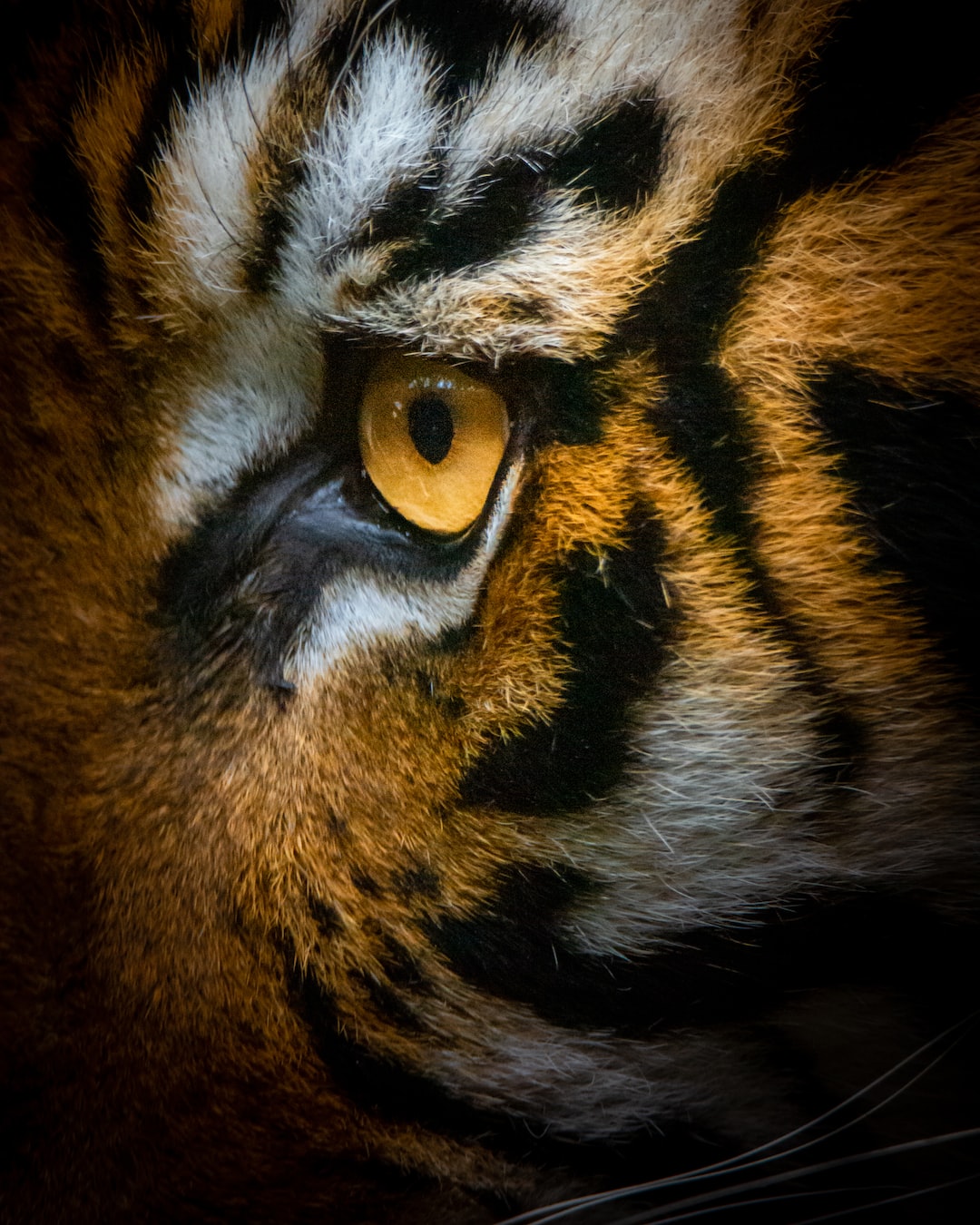The Evolutionary Arms Race: Animals in a Constant Battle for Survival
In the wild, animals are engaged in an eternal battle for survival. They are constantly adapting and evolving to outsmart their predators or secure their next meal. This ongoing struggle is known as the evolutionary arms race, and it has shaped the animal kingdom as we know it today.
The concept of an arms race typically refers to the competition between countries to develop superior military technologies. In the animal kingdom, however, the arms race manifests as an ongoing battle between predators and prey. As a result, over time, both sides have evolved various adaptations to gain the upper hand.
Predators are equipped with a range of deadly tools to increase their hunting success. For example, cheetahs, known as the fastest animals on land, have evolved to achieve incredible speeds that allow them to catch their prey effortlessly. Similarly, snakes possess venom glands that produce potent toxins used to immobilize or kill their victims. These adaptations give predators an advantage, ensuring their survival by increasing their chances of catching a meal.
On the other hand, prey species have developed numerous defensive and evasive techniques to escape the clutches of predators. Think of gazelles that can leap several meters in a single bound or chameleons that can change their skin color to blend seamlessly into their surroundings. These adaptations enable prey animals to evade detection, increasing their chances of escape and survival.
However, the evolutionary arms race is not limited to predator and prey relationships. It also occurs between species that are in direct competition for resources. An excellent example is the coevolution between plants and their pollinators. Flowers have evolved vibrant colors, enticing scents, and sweet nectar to attract pollinators such as bees and butterflies. In turn, these pollinators have developed long proboscises to reach deep into flowers to access the nectar efficiently. This mutualistic relationship benefits both the plants, which have their pollen spread, and the pollinators, which obtain a valuable food source.
The evolutionary arms race is a continuous process driven by the survival instinct of individual animals. Evolution relies on genetic mutations that provide a selective advantage, ensuring the transmission of advantageous traits to future generations. The constant pressure to adapt and survive leads to the growth of genetic diversity within a species and the emergence of new species over time.
This ongoing battle for survival has shaped the incredible diversity of life on our planet. It is a testament to the intricate web of relationships between species and the power of natural selection. The evolutionary arms race continues to drive the further development and adaptation of animals, a never-ending struggle to stay one step ahead in the battle for survival.


